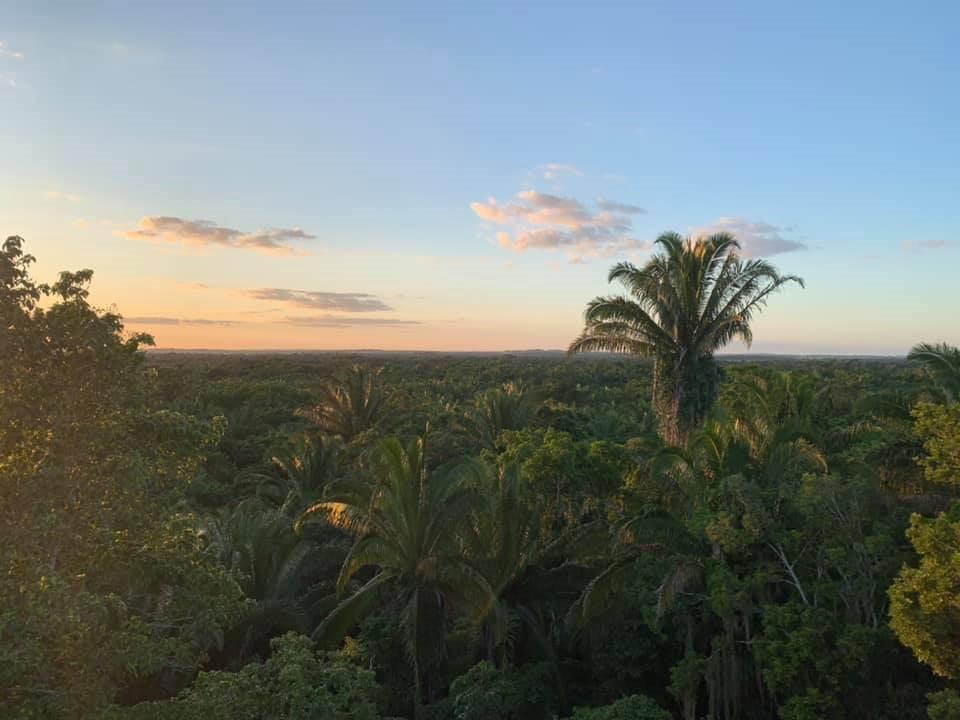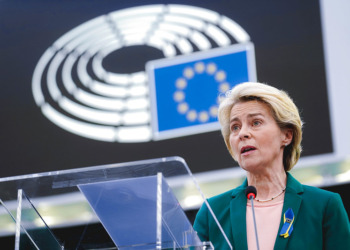
To pave the road and pursue efforts to limit average global temperature rise to 1.5°C, countries update their Nationally Determined Contributions (NDCs) in the spirit of reducing their emissions to the extent possible. Well-defined NDCs should include measurable targets with achievements supported by national policies and strategies. The quantification of potential land-based emissions reductions is not always easy, but a few tools do exist that can shed some light on potential emissions reductions. For the most recent updates of its NDCs, Belize has chosen to use the EX-Ante Carbon-balance Tool (EX-ACT) to decide on appropriate actions to increase its mitigation potentials.
…the power of EX-ACT lies not only in the technical capacity of the tool itself, but also in its potential to spark dialogue among key climate action stakeholders.
Global climate change is one of the most serious threats to sustainable development in Belize. Climate impacts experienced in the country to date include continued droughts and floods, increased coastal erosion and changing precipitation patterns. Combined, these climate change-related phenomena are having significant impacts on many environmental, physical, social, and economic systems within the country. Projected climate change impacts for Belize include a rise in temperature of between 2°C and 4°C by 2100, a 7-8% decrease in the length of the rainy season, a 6-8% increase in the length of the dry season and a 20% increase in the intensity of rainfall in very short periods. Other expected impacts include increased erosion and contamination of coastal areas, sea level rise, flooding and an increase in the intensity and occurrence of natural hazards such as hurricanes. Climate change also threatens the agriculture and fisheries sectors, which can eventually significantly affect Belize’s food security as well as the country’s gross domestic product (GDP). At the same time, greenhouse gas (GHG) emissions in Belize are dominated by emissions from activities in the AFOLU sector, with livestock, forest fires, and the conversion of forest land to grasslands and croplands as the primary emissions sources.
The real and quantified emission reduction targets should be at the heart of designing the NDCs strategies. With the national GHG inventory provided by the National Climate Change Office and on Belizean coastal wetlands provided by World Wildlife Fund (WWF), EX-ACT experts prepared a set of target options. The options included reduced deforestation, afforestation activities, and the widespread incorporation of agroforestry systems, improvements to annual croplands and livestock, and restoration and reduced extraction of coastal wetlands. The mitigation potential results, based on the EX-ACT estimations, expressed in tCO2e., were straightforward and easily comparable between options. This exercise allowed sector leads to consider the feasibility of these options and weigh them based on cost-efficiency, socio-economic importance, and other criteria of national priority. For instance, the role of blue carbon and reduced deforestation in the climate action goals of Belize became even more evident with the estimations using EX-ACT. As a result, the agreed targets of the updated NDCs were estimated to avoid a total of 10.1 MtCO2e. of emissions by 2030, which translates to an over 50% increase from the original NDCs submitted in 2016.
Related Articles: Conceptual Framework and Methods for Assessing Food Systems | What COVID-19 Means for Investment in Agriculture
The EX-ACT is an open-source tool developed by the Food and Agriculture Organization of the United Nations (FAO) that measures carbon stocks, stock changes per unit of land, and GHG emissions expressed in tonnes of carbon dioxide (CO2) equivalent (tCO2e.). The main output of the tool is an estimation of the C-balance associated with the adoption of improved land management options, as compared with a “business as usual” scenario. As the only Excel-based carbon accounting tool that covers all subsectors of the Agriculture, Forestry and Other Land Use (AFOLU) sector, EX-ACT is widely recognized and used for project-level assessments, but can also be utilized to inform decision-makers when developing low carbon strategies within the AFOLU sector of a given country or area.
As such, the power of EX-ACT lies not only in the technical capacity of the tool itself, but also in its potential to spark dialogue among key climate action stakeholders. In October 2020, the Caribbean regional lead of the United Nations Framework Convention on Climate Change (UNFCCC) reached out to the EX-ACT team of FAO to request support on the updates to the NDCs of Belize in the AFOLU sector. Through the utilization of EX-ACT in the process of determining and estimating the updated NDCs of Belize, high-level decision-makers from the Ministry of Agriculture, Forest Department, and National Climate Change Office of Belize were brought together in a number of engaging sessions between October and December 2020 to discuss the possible mitigation options at hand.
Editor’s Note: The opinions expressed here by Impakter.com columnists are their own, not those of Impakter.com. — In the Featured Photo: Belize forest panorama. Featured Photo Credit: Joanna Ilicic/FAO.










